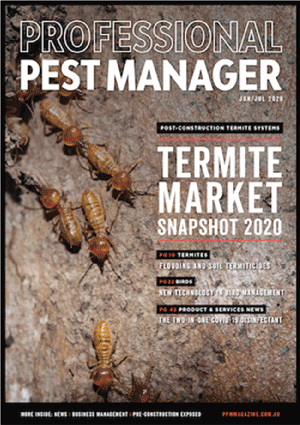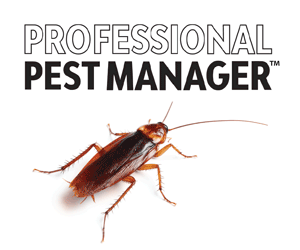Protecting areas and buildings from birds can be challenging, but with the right products there’s a solution for all situations.
Bird management can be a complex and frustrating subject for pest managers due to the birds’ persistence in trying to overcome deterrent systems. However it is also a potentially lucrative one, as tackling common species such as feral pigeons, starlings, sparrows and gulls is high on the priority list for many commercial (and some residential) property owners. If left unchecked, birds can present significant issues for both commercial and domestic buildings.
For example, their acidic droppings can damage the fabric of a building. A single pigeon can produce 12 kg of droppings annually, potentially eroding stonework and creating extensive damage to building structures. Droppings are also a significant issue for solar panel installations. Birds also bring significant health and safety risks, with their droppings creating slip hazards while introducing pathogens such as Cryptococcus neoformans, Chlamydia psittaci and Histoplasma capsulatum. Bird droppings located near ventilation points are particularly problematic as this can cause pathogens to spread easily.
In addition, nesting sites can pose fire risks, especially behind solar panels or near electrical wiring. Together, these issues highlight why effective bird management is a key area of business for pest managers.
To begin with, the pest manager needs to conduct a thorough building audit to ascertain the level of bird pressure at the site. This doesn’t comprise bird numbers, but, instead, centres around the question ‘Why are birds on this particular part of the building?’ Identifying the root cause of the behaviour is key to implementing the correct control measures.
The first step, similar to many pest strategies, is to remove easily accessible food sources. It’s also particularly important to discourage people from feeding birds.
Following this, non-chemical methods of pest control should always be the first to be considered when tackling bird problems. Deterrent tactics, exclusion and restriction management are the first methods pest managers should deploy as part of an integrated pest management strategy. These have been proven to be far more effective than lethal methods of control which address the problem, but not the underlying cause – not to mention the legal implications regarding the treatment of protected species.

Depending on the level of bird pressure, the pest manager can consider which control measure to deploy. A low pressure situation would see birds using part of a building occasionally, which can be easily bird proofed. Medium pressure would be where birds are using a building’s structure habitually during the daytime to overlook regular food sources.
The highest pressure situations are infestations where the birds have established nighttime roosting and nesting sites, leading to the dangerous accumulation of droppings. For these sites, birds will be highly tenacious and motivated to overcome any proofing systems.
The Network range of bird management solutions offered by Pelsis empowers pest managers to meet different bird pressures with products from tried and tested brands.
These include Avipoint spike systems, which are bird deterrents tailored for medium and high pressure roosting situations. They can be particularly beneficial when deployed alongside a netting system. For sites in coastal areas, Avipoint spike solutions are also available in marine grade stainless steel to minimise corrosion.

With solar panels – a common roosting site for birds – pest managers can look at the Pelsis range of solar panel bird proofing products to prevent birds from gaining access underneath. For other high-pressure situations such as open ledges (main picture, above) the use of bird slopes can be offered to clients who are looking for a more aesthetically pleasing solution compared with traditional spikes.
When installers need to turn to more modern methods, they can use Avishock Energiser systems. The energiser sends a pulse of electricity along the Avishock track every 1.3 seconds, making for an effective and safe deterrent solution. Audio bird scaring tools are also available, which use distress calls to deter flocks from settling in a particular location.
When advising clients on bird issues and surveying sites to ascertain bird pressures, it is important to look holistically not only at current roosting spots, but also potential alternatives for tenacious flocks. This will help identify the best long-term solution for the client while also minimising the potential for callbacks and associated costs of dealing with flocks that have simply relocated.

Pelsis is committed to equipping the pest control industry with the tools to tackle bird infestations effectively. The Network range of bird management tools empowers pest managers to deliver robust bird management strategies for their clients. More information can be found on the Pelsis website.


